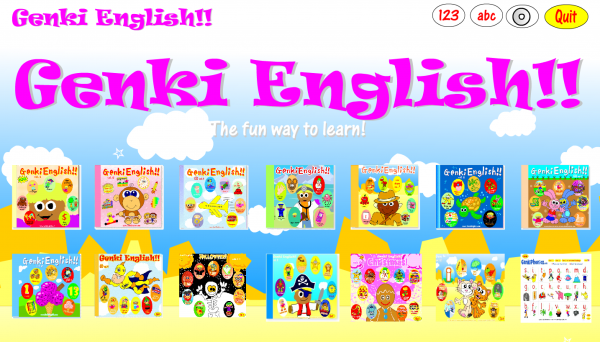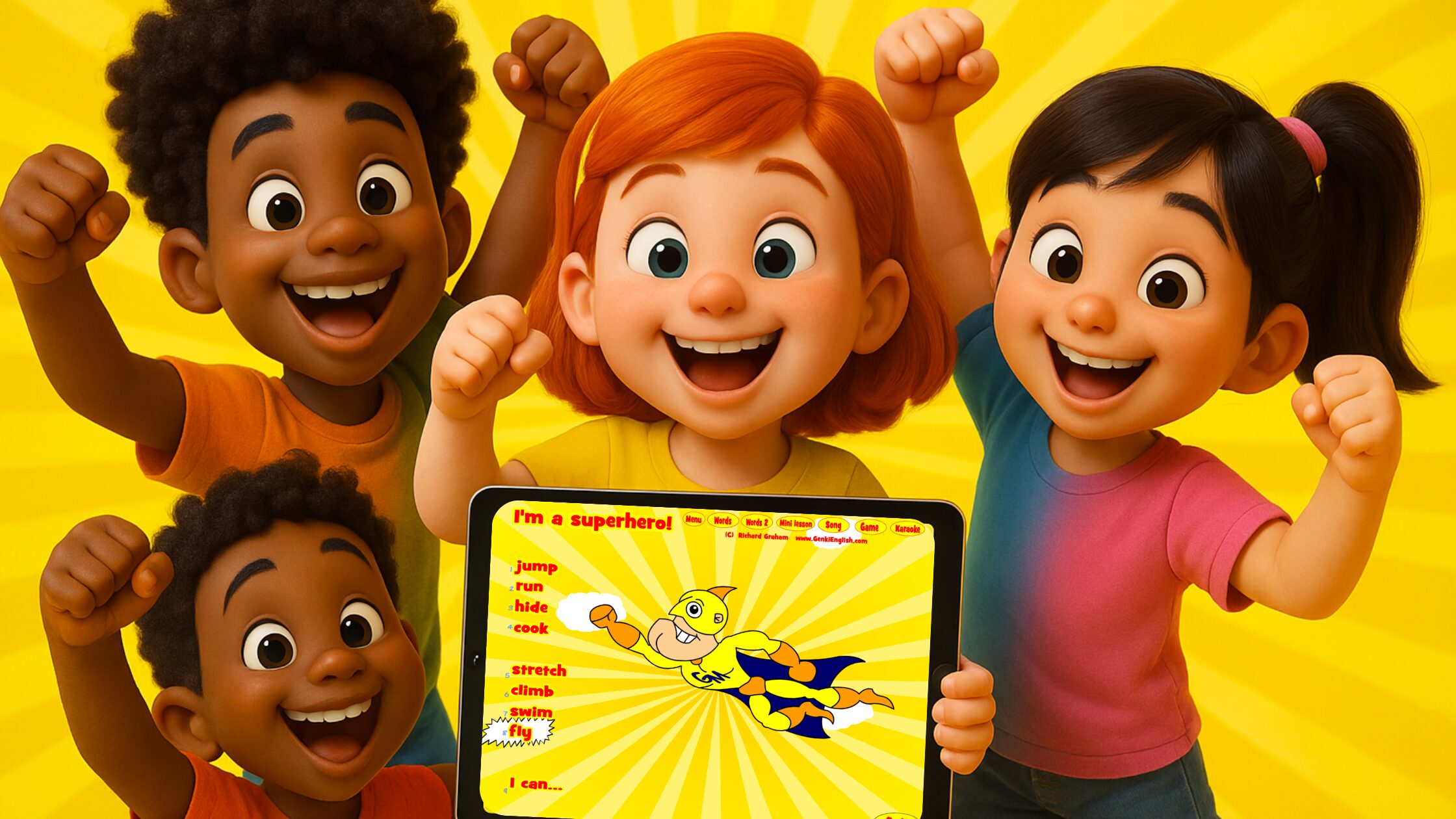One thing that constantly crops up with Japanese teachers making their own lessons is the confusion over “I like apple/apples” etc. Last week this came up when a teacher was asking about a demo class. She came up with a great idea of using real Christmas ornaments of things like a bell, a snowman, a star etc. and then asking the kids which ornaments they like. The question would be “What ornaments do you like?”. ( Personally I would have gone for “What’s your favourite….?” or even “Which ornament do you like?” but “What ornaments do you like?” isn’t wrong so that’s OK.)
The problem came with the answers! The teacher picked up on “I like bell” as being wrong, and was thinking of saying “I like bells”. But the second word was “snowman” and you can’t say “I like snowmans”, and introducing “snowmen” so early just confuses the kids. As luck would have it though there was only one of each item, so what I suggested was to say “I like the bell”, “I like the snowman” etc. Really in that case the question should be “Which ornament do you like?” but in the game context they had, it worked, and it meant the lesson plans ( which had already been printed) didn’t need to be changed too much.
So if you find yourself in a similar situation ( i..e being in class and not wanting to teach wrong English, but at the same time not wanting to embarrass the class teacher), then using “the” might be one way out!


